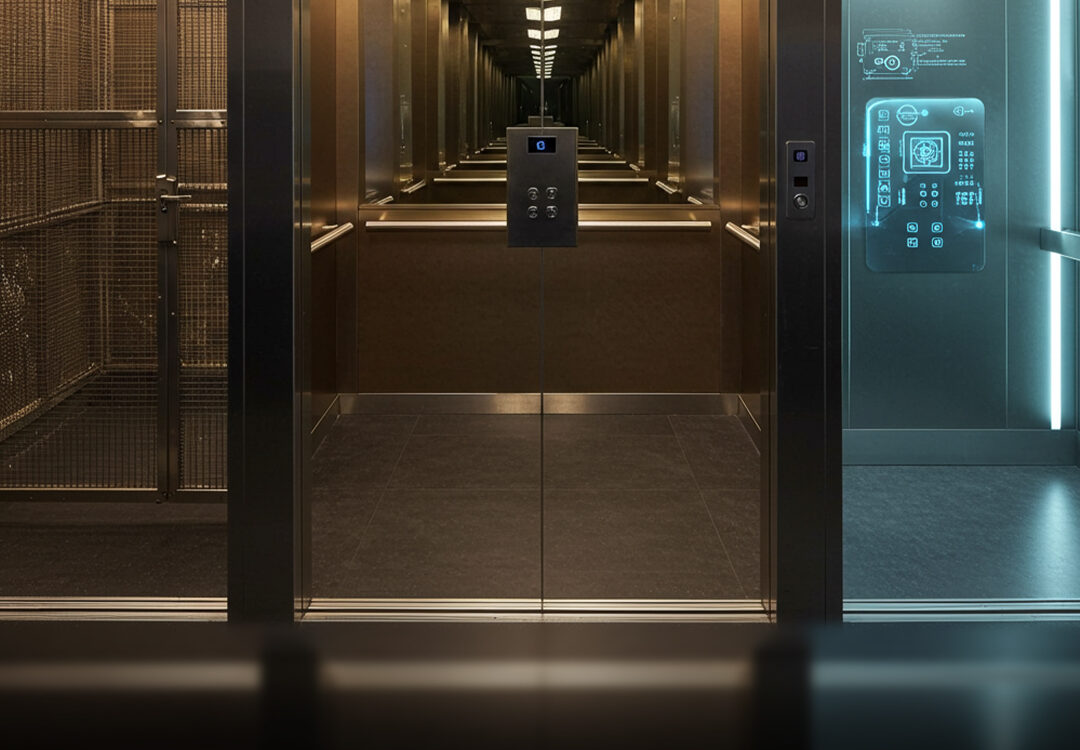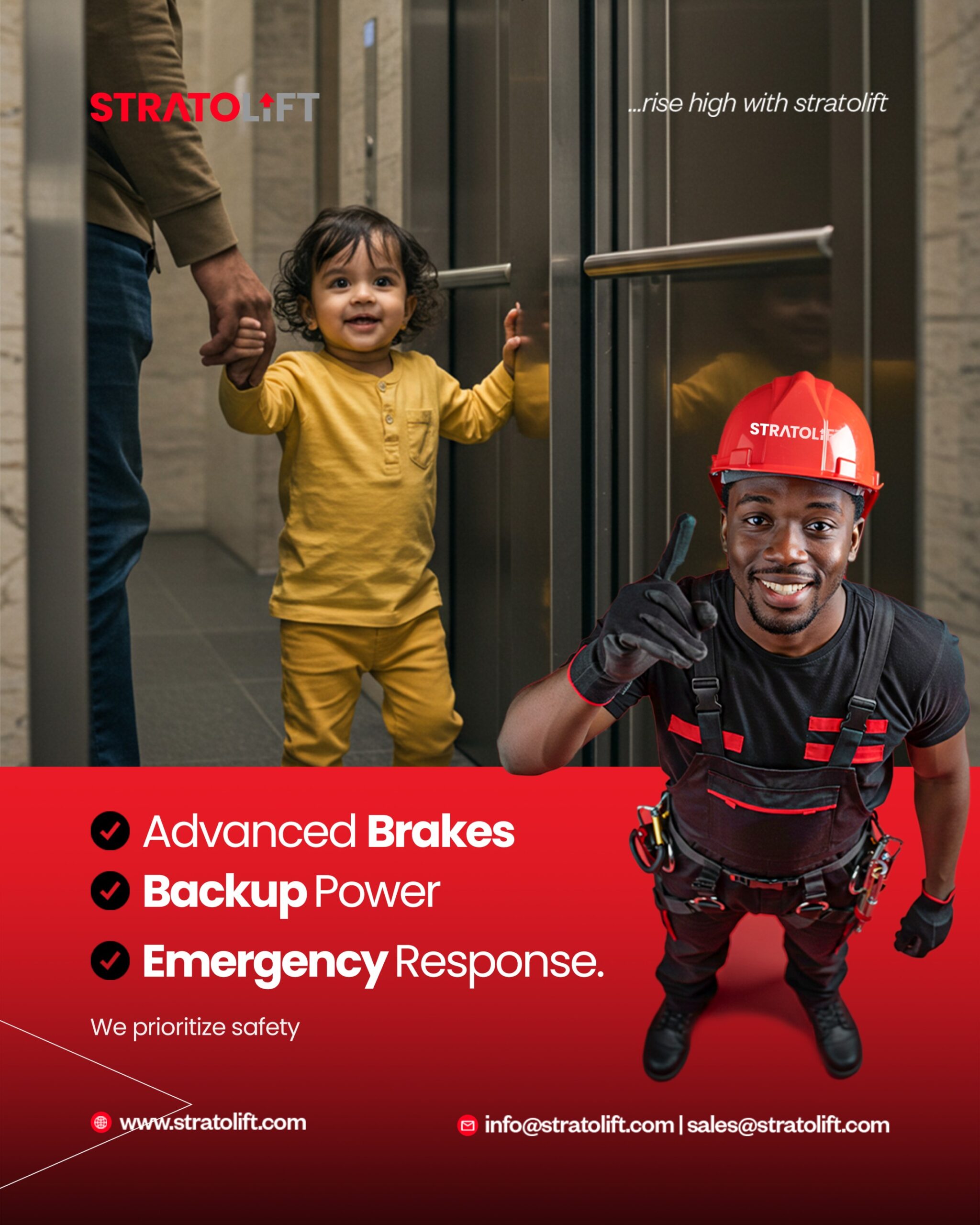
Elevator Modernization: Revamp & Refresh for the Future
Introduction
In 2025, the global elevator industry is experiencing one of its most significant transformations in decades. As urban buildings age and sustainability regulations tighten, modernization has emerged as a priority across the vertical transportation landscape.
According to a July 2025 report by Elevator Market Insights, more than 650,000 elevators worldwide have been modernized in the past year alone, representing a 5% growth over 2024. From bustling commercial towers to residential high-rises, owners are investing heavily in retrofitting old systems to improve energy performance, reliability, and passenger experience.
Elevator modernization is not just about compliance—it’s about elevating the value of a property. Today’s building occupants expect smooth rides, stylish interiors, and touchless controls. At the same time, facility managers are looking for systems that consume less power and minimize costly downtime. A well-executed modernization bridges all these goals, delivering a contemporary, efficient, and future-ready solution.
Why Modernize Your Elevator?
1. Safety and Code Compliance
Aging elevators—particularly those over 15–20 years old—often fall short of today’s rigorous safety standards. Retrofitting brings these systems in line with the latest codes, including:
- Seismic and fire safety requirements
- Emergency communication protocols
- Advanced braking systems and door sensors
Modern safety features reduce liability risks and help ensure uninterrupted operation during power failures or emergencies.
2. Energy Efficiency and Sustainability
As buildings strive for net-zero carbon goals, older elevators are a major contributor to energy waste. Recent trends highlight the growing adoption of:
- Gearless traction drives that cut power consumption by up to 50%
- Regenerative braking systems that recover energy on descent and feed it back into the grid
- LED lighting and standby modes that reduce power draw during idle periods
These improvements can yield significant savings on operational costs and help meet sustainability certifications like LEED or BREEAM.
3. Enhanced Ride Experience
Passengers today expect more than just an elevator ride—they want an experience that feels modern, safe, and intuitive. Modernization projects often include:
- Smooth, quiet motor operation
- Digital floor indicators and infotainment screens
- Touchless or app-based controls
- Fresh interior finishes, lighting upgrades, and updated cab materials
Such upgrades increase tenant satisfaction and make properties more attractive in competitive markets.
Stratolift’s Approach to Modernization
At Stratolift, we specialize in tailored modernization solutions that balance technical performance, design, and budget. Unlike full replacements that require constructing new shafts and extensive downtime, our retrofit approach focuses on the most impactful components:
✅ Control System Replacement
Outdated relay-based controllers are swapped for microprocessor systems with smart diagnostics, remote monitoring, and improved dispatch efficiency.
✅ Drive & Motor Upgrades
Replacing older geared machines with gearless traction drives results in smoother rides, quieter operation, and up to 50% energy savings.
✅ Cabin Interior Refresh
From custom paneling and flooring to LED lighting and digital displays, we deliver an updated look that matches each building’s character.
✅ Door Operators & Safety Devices
Modern door systems reduce the risk of entrapment and enhance reliability, especially in high-traffic settings.
✅ Touchless & Biometric Access
Integrating app-based controls, RFID, and facial recognition supports hygiene and convenience—top priorities in 2025’s buildings.
This modular approach ensures minimal disruption to daily operations, making modernization accessible for properties of all sizes.
The Future of Elevator Modernization
Looking ahead, modernization projects will increasingly leverage cloud connectivity, predictive analytics, and AI-powered maintenance. Emerging trends in 2025 include:
- Remote Performance Monitoring: Continuous data collection enables proactive maintenance before issues cause shutdowns.
- Integration with Smart Building Systems: Elevators work in concert with HVAC, lighting, and security to optimize efficiency and safety.
- Eco-Friendly Materials: Use of sustainable cab finishes and lightweight components to reduce carbon footprints.
Modernizing your elevator is an investment that pays off in reliability, efficiency, and tenant satisfaction. It also ensures your property stays ahead of regulatory demands and technological expectations.
If your elevators are more than 15 years old, there has never been a better time to plan a revamp. Stratolift’s modernization experts can guide you through every step—from assessment to installation—so you can unlock the full potential of your vertical transportation systems.
Ready to refresh your elevator? Contact Stratolift today to schedule a consultation.







